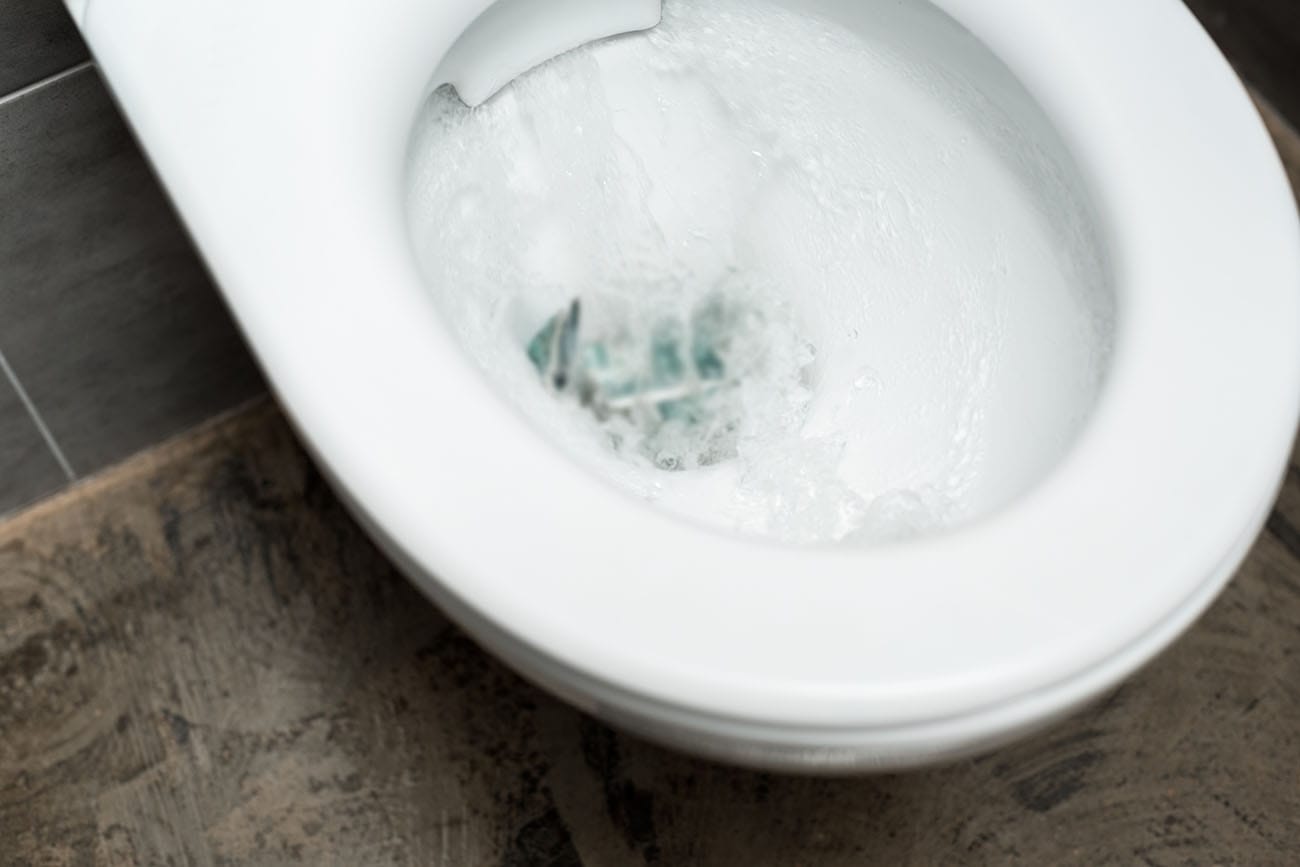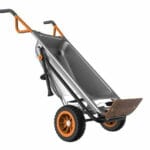Okay, let’s face it: we’ve all been there. You flush the toilet, expecting everything to disappear, but…nope. Some “evidence” stubbornly remains. It’s an embarrassing but surprisingly common plumbing problem. This comprehensive guide will walk you through the most likely culprits and provide clear, step-by-step solutions, so you can get things flowing smoothly again. Incomplete flushes: Let’s unclog the mystery of lingering waste once and for all.
1. Suspect #1: The Clog
Nine times out of ten, a lingering deposit suggests a clog. Before you panic, grab your trusty plunger. A flange plunger (the kind with a soft rubber flap) works best for toilets because it creates a tighter seal. Ensure there’s enough water in the bowl to submerge the plunger’s cup. Plunge vigorously up and down for a minute or two. Did it work? Great! If not, let’s move on.
Still no luck? A bucket of hot (not boiling!) water might do the trick. The heat can soften and loosen the blockage. Pour it into the bowl from about a foot above the rim – the added force can help dislodge the clog.
If the plunger and hot water fail, a drain snake (also called a toilet auger) is your next best bet. These are readily available at most hardware stores and easy to use. Feed the flexible end of the snake into the drain opening and rotate it as you push. This will either break up the clog or let you pull it out. If you’re curious about other measurements like inseam, check out our guide on what’s inseam.
2. The Case of the Low Water Level
Sometimes, the problem isn’t a clog, but a lack of flushing power. Open the toilet tank and check the water level. It should be about an inch below the overflow tube. A low water level suggests the fill valve might need adjusting. There’s usually a screw you can turn to regulate this.
Also, inspect the flapper – that rubber seal at the bottom of the tank. If it’s worn or damaged, it may be leaking, reducing the water available for flushing. Replacing a flapper is a simple DIY fix; just take the old one to the hardware store to find a match.
Finally, the rim jets (small holes under the rim) distribute water for effective flushing. If they’re clogged with mineral deposits, your flush will be weaker. A small brush or a straightened paper clip can clear them out. For more intriguing insights, you might wonder why Elvis called Priscilla “Satnin”.
3. The “Weak Flush” Suspect
Older, low-flow toilets, while environmentally friendly, sometimes struggle with solid waste. Optimizing the water level in the tank (as discussed above) might help, but if the problem persists, an upgrade to a newer model may be necessary. Modern low-flow toilets are significantly more effective at clearing waste.
4. The Diet Dilemma
Your diet plays a role in toilet troubles. Large, hard stools are more difficult to flush. Adequate hydration and a fiber-rich diet can significantly improve matters. If this is a chronic issue, consult your doctor about potential solutions.
5. Hidden Culprits: Inlet Hoses and Sewer Lines
A blocked toilet inlet hose can restrict water flow into the tank, weakening the flush. Check for kinks or obstructions. If multiple fixtures in your house are backing up (sinks, tubs, showers), the main sewer line may be blocked. This requires a professional plumber.
Preventing Future Flush Failures
- Regular Cleaning: Clean your toilet, including the rim jets, regularly to prevent mineral buildup and clogs.
- Flush Responsibly: Only flush toilet paper and human waste. “Flushable” wipes are often not truly flushable and can cause significant clogs.
- Tank Maintenance: Periodically check the water level and inspect the flapper and fill valve for wear and tear.
- Hydration and Diet: Drinking plenty of water and eating a high-fiber diet can make a big difference in waste consistency.
Conclusion: Reclaiming Your Throne
Dealing with a toilet that won’t flush completely is frustrating, but with this guide, you’re well-equipped to tackle the problem. Most issues are simple DIY fixes, but remember, when in doubt, don’t hesitate to call a licensed plumber. They have the tools and expertise to handle more complex plumbing problems. Share your experiences and any lingering questions in the comments below!
- Crypto Quotes’ Red Flags: Avoid Costly Mistakes - June 30, 2025
- Unlock Inspirational Crypto Quotes: Future Predictions - June 30, 2025
- Famous Bitcoin Quotes: A Deep Dive into Crypto’s History - June 30, 2025
















